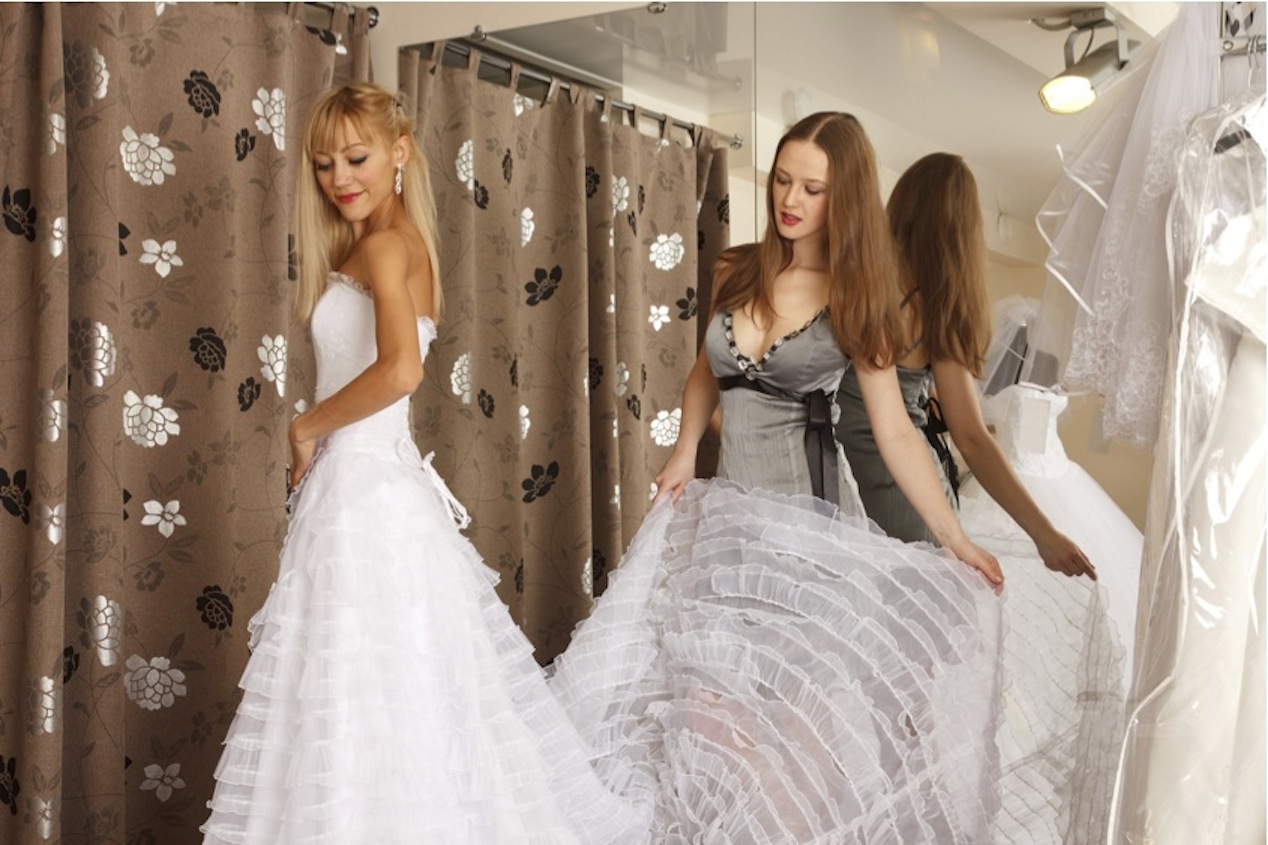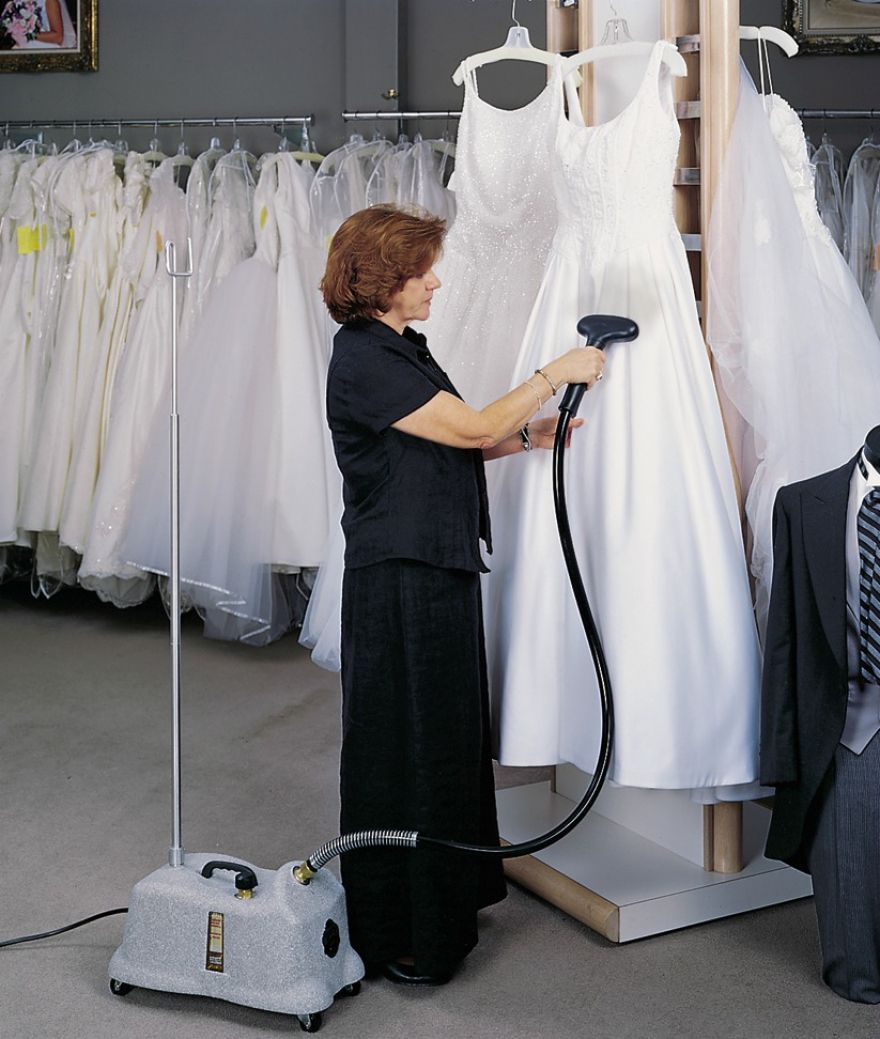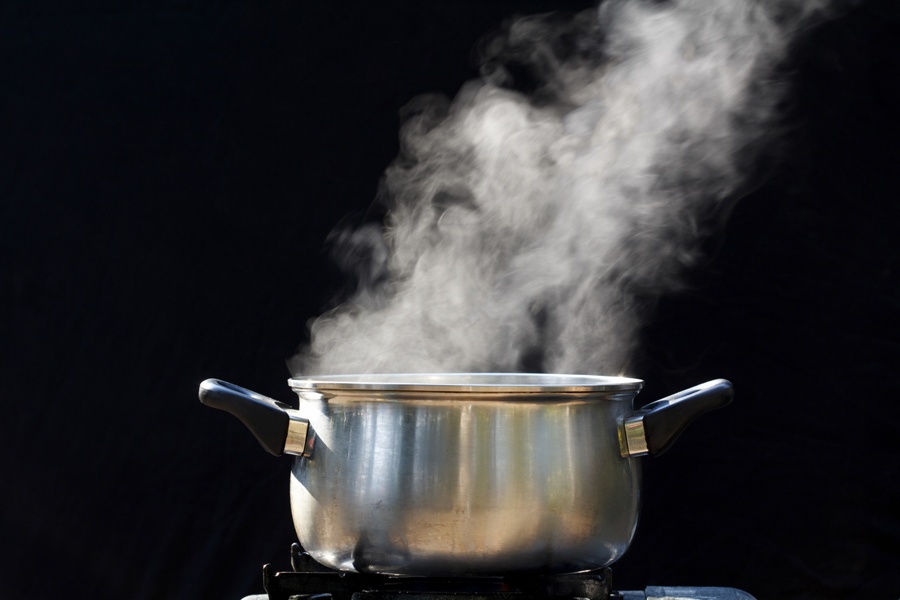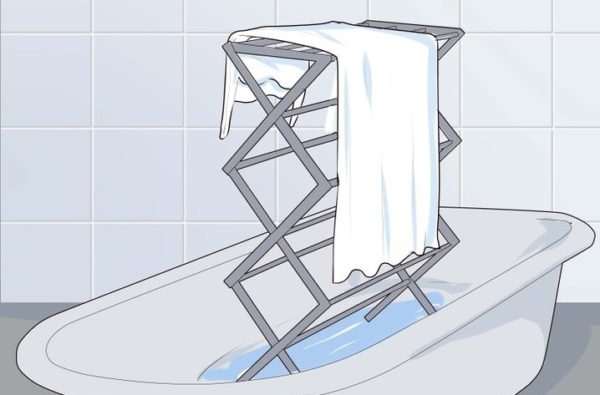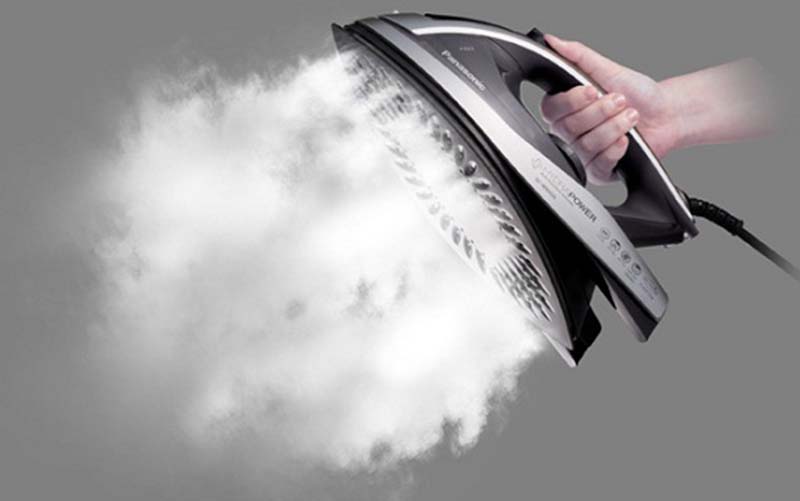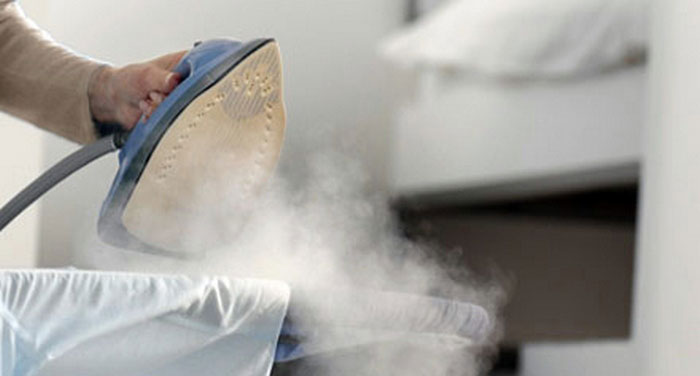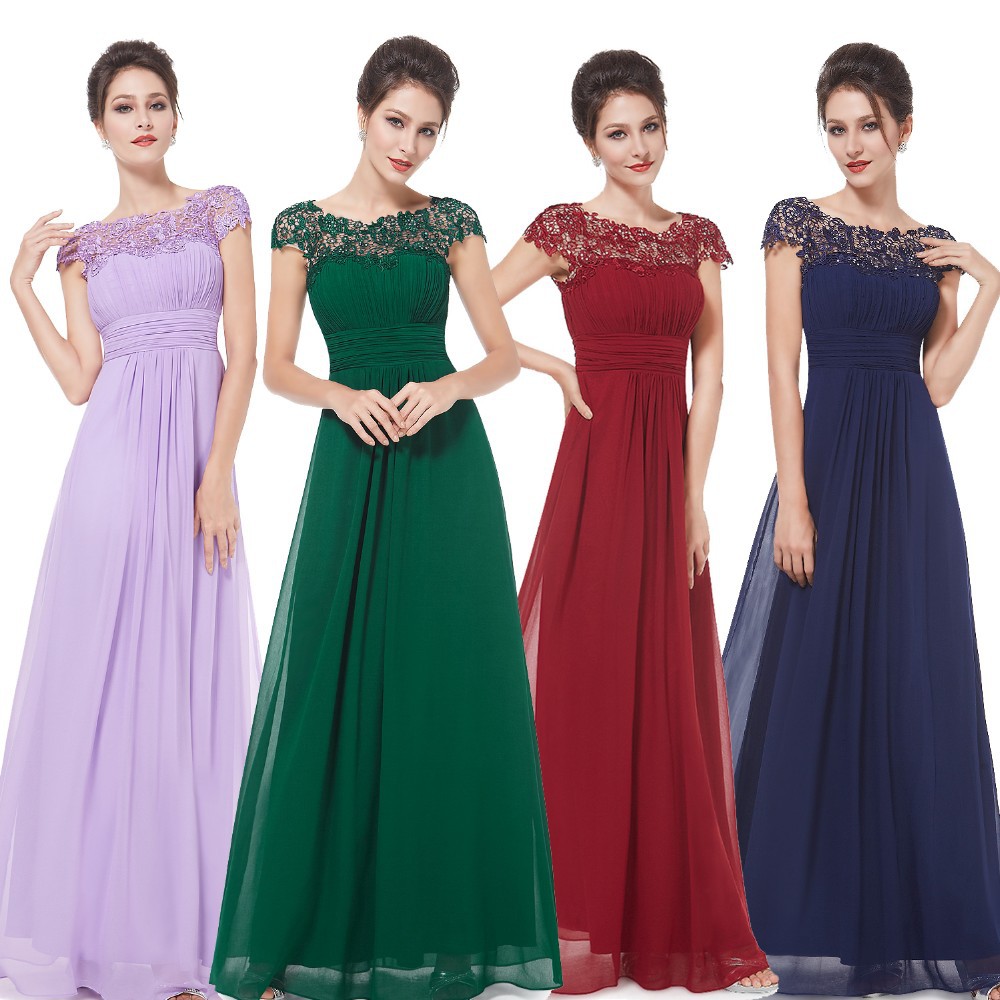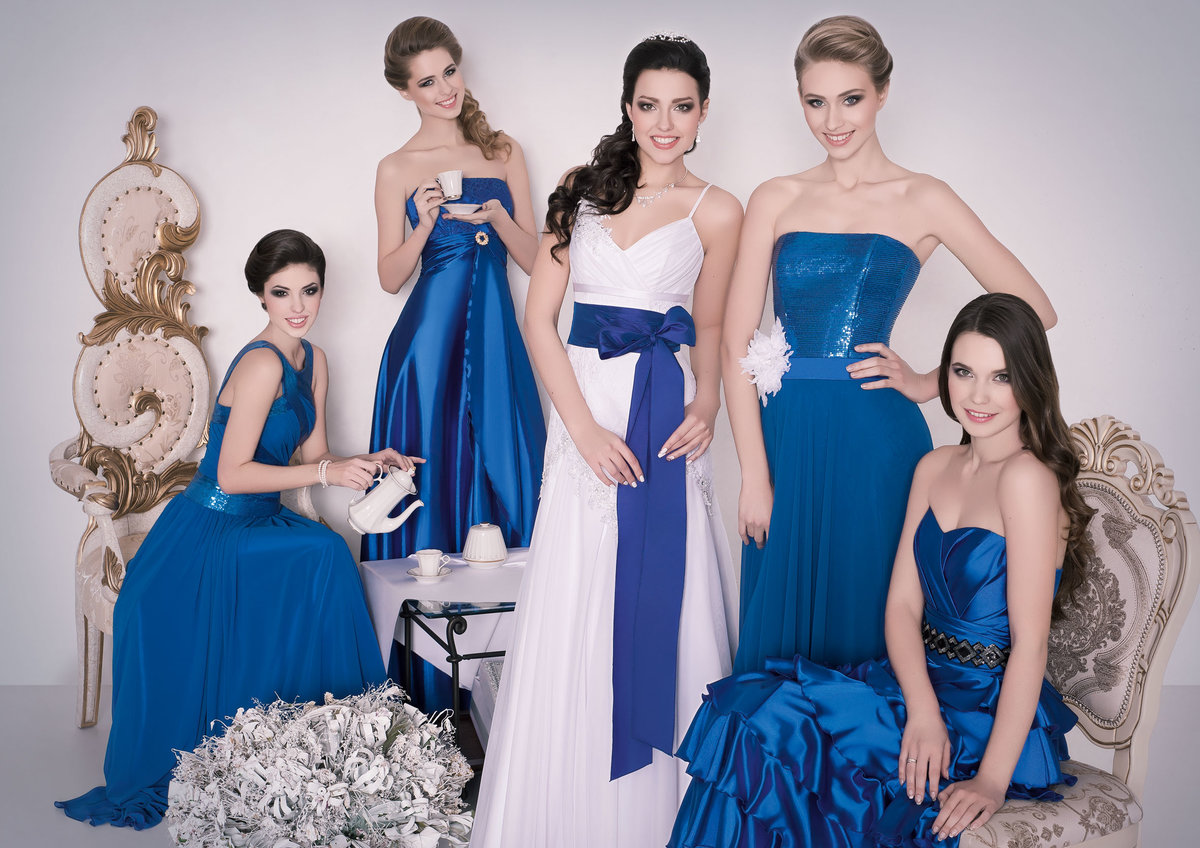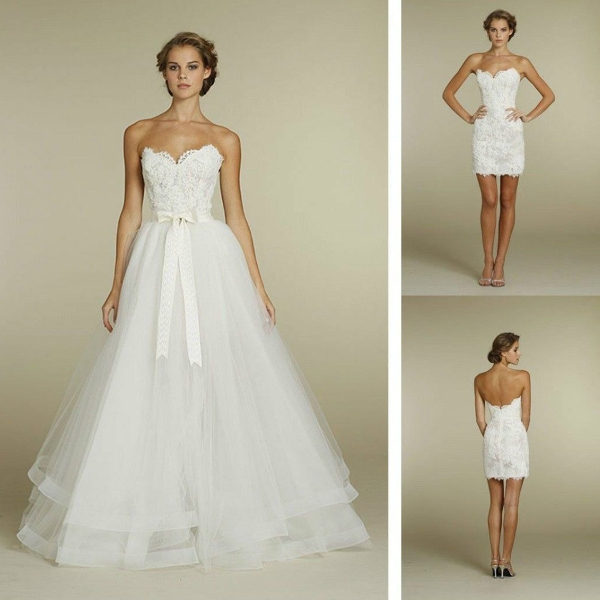A wedding is a day when everything should be perfect. Brides remember this well and are very careful when choosing their dress and accessories. When choosing a dress in a store, most dresses look perfectly ironed. In wedding salons, all dresses are carefully steamed before the presentation. However, after transportation of the dress, folds may be found on it. The dress wrinkles depending on the material. However, by the most solemn day, it is still necessary to steam the wedding dress again, so you should learn how to do it correctly.
Can you iron a wedding dress?
When buying a wedding dress in a salon, it is advisable to immediately inquire where you can steam it and other wedding accessories. If it is impossible to order steaming services, and the fabric cannot be straightened with steam at home, in most cases it will have to be ironed. When ironing a wedding dress, remember that steam cannot be used while the iron is on the fabric. When treating the fabric in this way, the following rules should be followed:
- The wedding dress should be ironed only at 1 or 2 iron power. The choice of power should start with the lower one. If there is a result, it should not be increased.
- For each type of fabric, you need to select the appropriate mode. You should process the fabric with an assistant who will straighten and lay out the material.
- You can't touch the fabric of the outfit with an iron. The material is processed exclusively through a lining - gauze folded in four or white cotton fabric.
- If the bodice of the dress is decorated with decorative elements, it is ironed inside out, while placing a terry towel on the board so that it holds the rhinestones and sequins. If the bodice does not have decorative elements, the front side should be ironed.
If you need to iron the veil, start only from the very edge. The temperature of the iron should be set to the lowest possible setting. Often the veil is made of materials that are very easily damaged when exposed to high temperatures, so the veil should be ironed twice at the lowest temperature.
Steaming methods
Some wedding salons or dry cleaners offer a service of steaming your wedding dress at home. If this service is affordable and you can order it, be sure to ask for help from specialists. They process fabric at the highest level using equipment that is not available to most housewives.
If it is not possible to order such a service, you have to resort to home methods of processing the outfit. Such methods can be:
- a pot of boiling water;
- steam in the bathroom;
- home steamer;
- Iron with steam function.
The rules for processing fabrics using these methods will be described below. It should be understood that each specific dress will require its own method. Not all fabrics should be processed in the same way. When choosing a method, you should give preference to the safest and most accessible one.
Steamer
Using a steamer is the best option for treating folds in fabric. When treating clothes, follow these rules:
- The dress should hang on a hanger or a hanger so that it does not touch other clothes.
- Steaming should first be done on large areas of the fabric: the skirt, large bows, hem, and then finish with the bodice and sleeves.
- Each layer of the skirt must be steamed. If the bottom or intermediate layer is not ironed, the skirt will not lie beautifully and evenly, and the lush outfit will acquire an uneven shape. In addition, not only the top but also the bottom layers of the skirt are often visible during wedding photo shoots, so it must look impeccable.
- After the steaming procedure is complete, the garment should hang for 3-5 hours. During this time, it should not be put away in the closet or put on. Firstly, under the weight of its own weight, the hot fabrics will straighten out, and secondly, the still warm, damp fabric wrinkles easily.
It is advisable to carry out the steaming procedure a few days before the celebration. By the time of the wedding, the dress will have rested and there will be less chance of it being wrinkled. If any defects are visible after the clothes have cooled down, there should be time to correct them before the wedding celebration.
A pot of boiling water
Steam treatment of a wedding dress is possible even without a steamer. A pot of boiling water partially replaces its function. Small areas of the material should be treated in this way. This method is suitable if you need to straighten a veil, decorative elements or a small part of the dress. The procedure should be carried out with at least one, and preferably two assistants. It is important to remember the following precautions:
- The steam temperature is not controlled.
- Clothes should not be brought close to the pan.
- Avoid allowing fabrics to come into contact with the pan.
- The time for processing fabrics is limited.
- When working with the veil, it is necessary to keep it as far away from the pan as possible and expose it only to short-term steam exposure. It should be at least 50 cm from the container.
- Avoid allowing drops to come into contact with the fabric.
The more beads, rhinestones and decorative elements the veil has, the further it should be kept from the pan so that the decor does not come off.
Above the steam in the bathroom
A popular but not reliable method is to steam the wedding dress in the bathroom. This method can not straighten out all fabrics. The procedure is performed as follows:
- The dress is hung on hangers.
- The hanger is securely fixed above the bathtub.
- The dress must be securely attached to the hangers.
- Boiling water is poured into the bathtub.
- The distance between the water and the hem of the skirt is 10 cm.
- You should use water from the hot tap or pour boiling water from a kettle and saucepans into the bath.
- After the dress has been treated, the water is drained from the bathtub.
- The clothes are removed from the hanger.
- You should not try it on or put it away in a closet until after 2 hours to allow it to cool down.
This method has a number of disadvantages:
- Many fabrics cannot be ironed using this treatment.
- There is a high probability that rhinestones and sequins will come off the hem of the dress.
- Any decorative elements may peel off under prolonged exposure to moisture.
- If the dress is not securely fastened, it falls into the bathtub.
With an iron
Steaming clothes using an iron is not the best idea. If it is necessary to use an iron, then the outfit is ironed, not steamed. When using steam through an iron, the following difficulties arise:
- Along with the steam, the iron often releases water droplets. When you pass the iron over the fabric, the droplets spread and leave streaks. These streaks are very noticeable even after the fabric has completely dried.
- It is almost impossible to control the steam supply. The steam comes out when it touches the fabric, its quantity and intensity are not visible.
- The steam makes the fabric hot, and when processing on the board during steaming of the next section, the not yet cooled layer is wrinkled again. To avoid this, after the steam from the iron is applied to one piece of fabric, wait until it cools down completely and dries (and this takes a lot of time), and then process the second one. If you wait for such a long time, the iron often overheats.
To avoid the above-described difficulties, if there is no other way to treat the dress, it should be ironed with an iron without the steam function. Dry gauze is used for ironing.
When preparing for a wedding celebration, you should think about all the nuances and details, including ironing your outfit. Ideally, for such a case, you can order a steaming procedure with a home visit. This procedure is not always available, you have to resort to processing the dress at home. For this, you should use different methods. When processing a wedding dress, you should remember the precautions and rules for processing fabric, so it is advisable to invite an assistant to carry out the procedures.
Video



